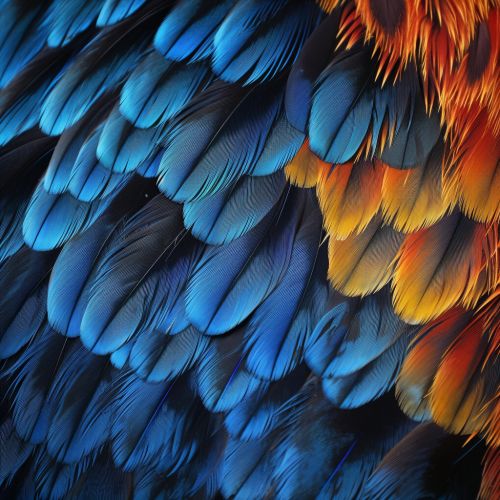The Science of Bird Flight Aerodynamics
Introduction
Bird flight is one of the most complex forms of locomotion in the animal kingdom. Each species of bird has a unique style of flight, with different levels of control depending on the size and purpose of their wings. The science behind bird flight is a combination of aerodynamics, physical anatomy, and evolution. This article will delve into the details of bird flight aerodynamics, providing a comprehensive understanding of the subject.
Anatomy of Bird Wings
The wings of birds are specifically designed for flight. They are composed of a strong yet lightweight framework of bones covered in feathers, which provide lift and reduce drag. The primary feathers at the tips of the wings are responsible for forward thrust, while the secondary feathers closer to the body provide lift.


Aerodynamics of Bird Flight
The aerodynamics of bird flight are complex and involve several principles of physics. The most fundamental of these is Bernoulli's Principle, which states that as the speed of a fluid (in this case, air) increases, its pressure decreases. This principle explains how the shape of a bird's wing - broad at the front and tapered at the back - creates lift.
Lift and Drag
In bird flight, lift is the force that opposes the weight of the bird and keeps it in the air. It is generated by the flow of air over the wings. Drag, on the other hand, is the resistance encountered by the bird as it moves through the air. The balance between lift and drag determines how well a bird can fly.
Thrust and Gravity
Thrust is the force that propels a bird forward in flight. It is generated by the flapping of the wings. Gravity, the force pulling the bird towards the earth, works against lift. The interplay between these four forces - lift, drag, thrust, and gravity - is what allows birds to fly.
Flight Modes
Birds employ different flight modes depending on their needs, such as hovering, gliding, flapping, and diving. Each mode requires a different balance of the four forces of flight and involves different aerodynamic considerations.
Hovering
Hovering is a flight mode where the bird remains stationary in the air. This is achieved by generating enough lift to counteract gravity, and enough thrust to counteract drag. The hummingbird is a notable example of a bird that can hover.
Gliding
In gliding, a bird descends in flight without flapping its wings. This is achieved by adjusting the wing's angle of attack to generate enough lift to counteract gravity and enough forward motion to counteract drag.
Flapping
Flapping is the most common flight mode in birds. It involves a complex sequence of movements that generate both lift and thrust. The upstroke of the wing generates lift, while the downstroke generates thrust.
Diving
Diving is a flight mode where the bird descends rapidly in flight, often to catch prey. This involves folding the wings in to reduce drag and allow for a rapid descent.
Evolution of Bird Flight
The evolution of bird flight is a topic of ongoing scientific research. It is believed that the ancestors of modern birds evolved the ability to fly as a means of escaping predators, finding food, or reaching new habitats. Over time, natural selection favored those with traits beneficial for flight, leading to the diverse range of flying abilities seen in birds today.
Conclusion
Understanding the science of bird flight aerodynamics provides insights into how birds have adapted to their environments and how they accomplish the remarkable feat of flight. It also has practical applications in fields such as aviation and robotics, where engineers seek to replicate the efficiency and maneuverability of bird flight.
